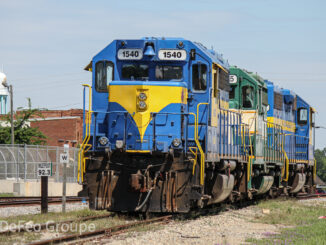
KINGSTON, Ga. — Railroad travel was very different during the Civil War, and stops were frequent. In some cases, a town’s sole livelihood was the railroad.
So, when railroads gave way to the highway in the mid-20th century, these towns — vital railroad communities that were hubs during the Civil War — no longer served the same importance. Such is the case with the Georgia town of Kingston.
At the time of the Andrews Raid on April 12, 1862, Kingston was a junction for the Western & Atlantic and the Rome railroads. On the morning of the now-infamous chase, the raiders were making good time on their plot to destroy the Western & Atlantic, but other troop movements in the Southeast led to more southbound trains on the line.
So, when the raiders reached the town of Kingston, they encountered an unexpected delay. It would turn out to also be a deadly one, as it gave a pursuing party time to close the gap. While there is little that remains to show just how important this town was, the former track bed of the Rome Railroad and the foundation of the town’s railroad depot remain.
Today, only an historical marker marks the raiders’ time in Kingston.
The pursuers left Kingston on the William R. Smith, a locomotive from the Rome Railroad, heading toward Adairsville, Ga. Just south of town, the raiders stopped to tear up the track, prohibiting their pursuers from continuing the chase in a locomotive. At this point, the pursuers abandoned their second locomotive — the William R. Smith — and continued on foot. Minutes later, they commandeered their third engine – the Texas, which ran in reverse for the remainder of the chase.
After leaving Kingston, the raiders continued north. The train depot in Adairsville north of Kingston, built circa 1850, has been converted into a museum dedicated to the Great Locomotive Chase.





